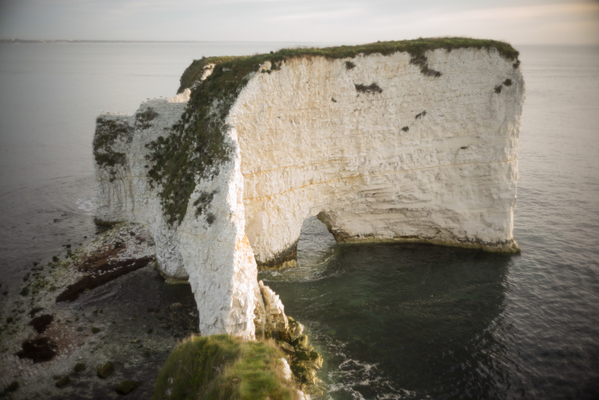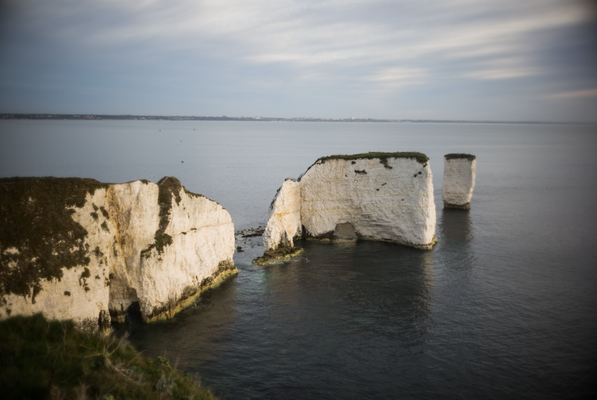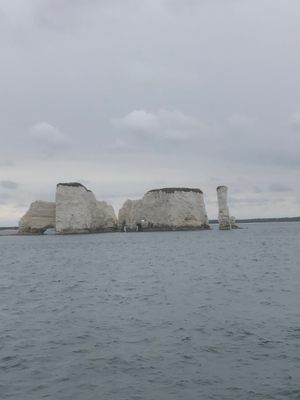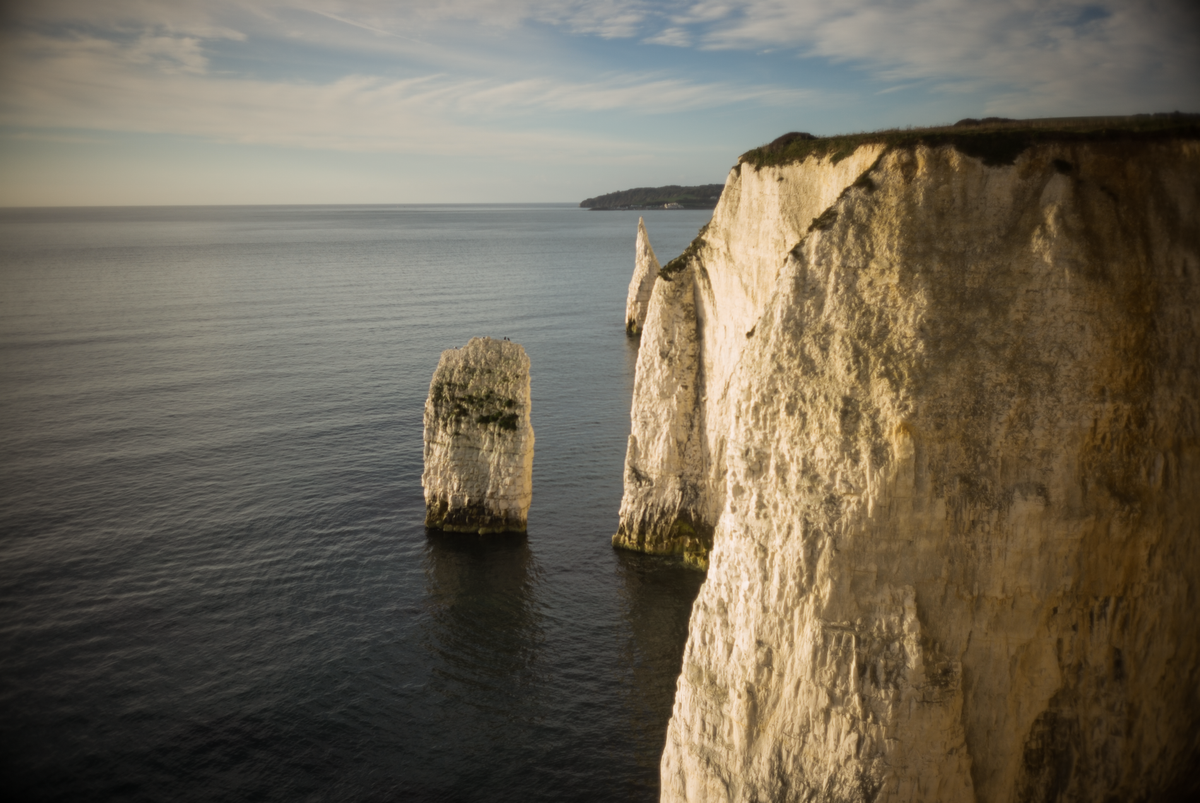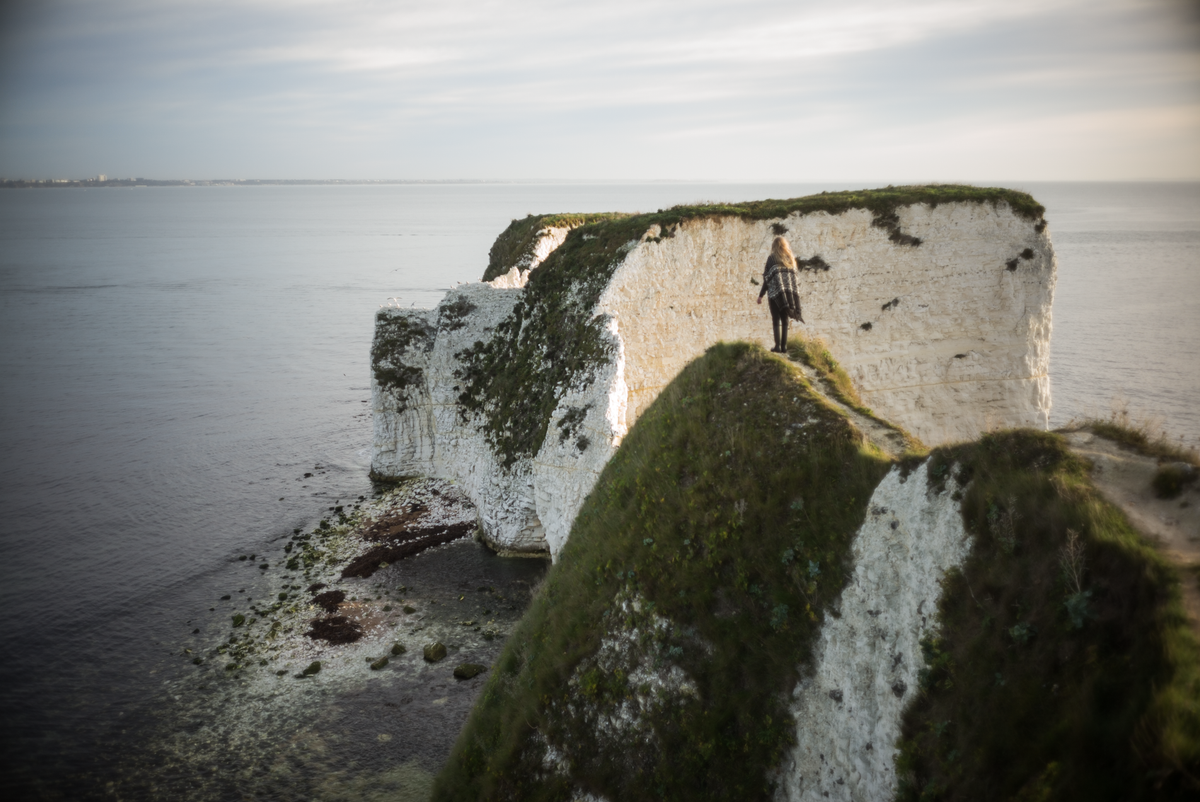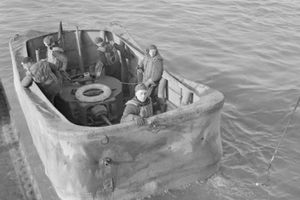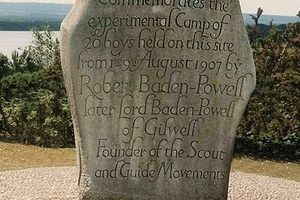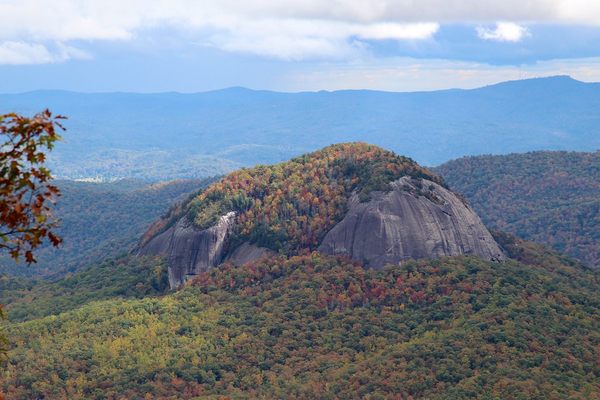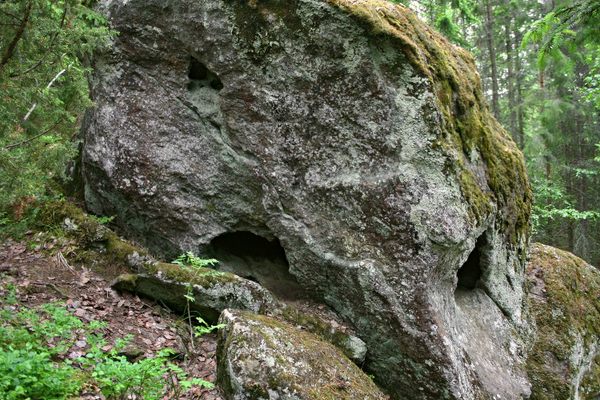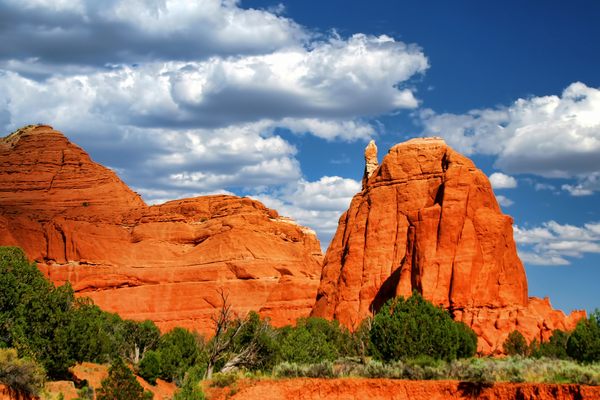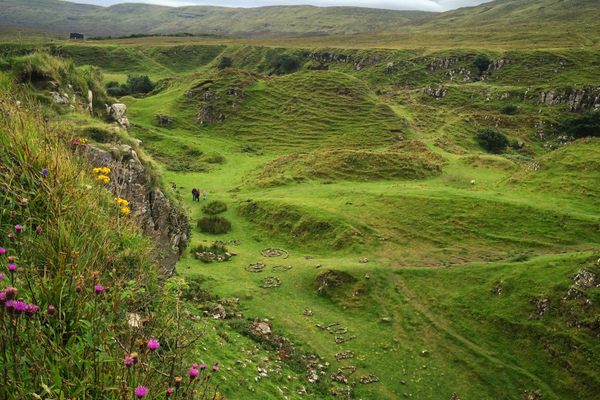About
Standing guard on the coast of England near Dorset, are the massive Old Harry Rocks. Formed over millions of years, the white outcroppings prominently mark the end of the Jurassic Coast, a fossil-rich line of cliffs that come to an abrupt halt near the pillars.
Also known as sea stacks, the rocks formed somewhere around 65 million years ago from the buildup of plankton and other microorganisms. Made completely of chalk, the white rocks were named some time during the 18th century, before erosion had caused some of the other stacks in the grouping to fall. According to legend, the stacks were named Old Harry as a euphemism for the devil, who allegedly used to nap on the rocks.
Another story tells of the pirate and smuggler Harry Paye who stashed his loot somewhere near the rocks. During the late 19th century, one of the most prominent outcroppings, considered Old Harry's "Wife," crumbled under years of decay and crashed into the sea.
During WW2 British Spitfire and Hurricane pilots used to use the stacks for target practice and scuba divers diving off the rocks still occasionally find .303 shell cases on the sea bed.
Eventually all of the stacks will fall, but new ones are constantly emerging as the sea forms them over millennia.
Related Tags
Know Before You Go
You can park the car on the side of the Manor Road (South Beach car park) and walk from there, about 30-40 minutes. The full National Trust walk is about 2 hours on relatively easy terrain.
Community Contributors
Added By
Published
November 16, 2011


